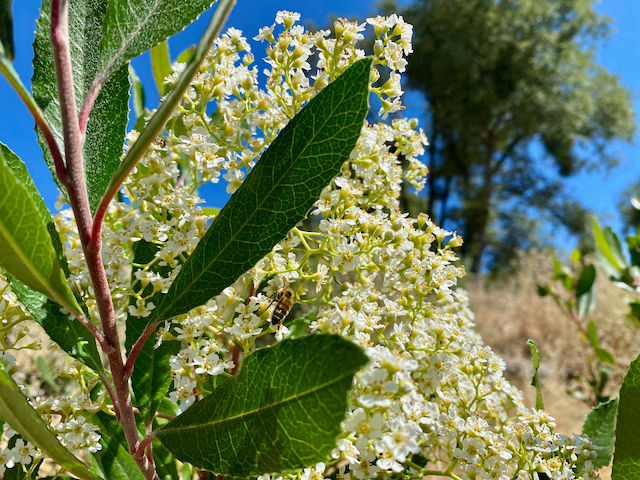Oaks, The Providers
- Sean Kriletich
- Mar 2, 2023
- 3 min read

Oh, the majestic and versatile oak trees! If we could hear their language, they might whisper this reminder: In spring we are the most beautiful succulent green, in the heat of summer we offer cool shade, in autumn our nuts nourish many, and in winter our wood burns clean and hot.
Oak trees are natives of the Northern Hemisphere, widespread from the tropics North into the cool temperate zones and everywhere in between. All told there are over 200 different species of oak, of which some 85 grow in North America. Oaks not only provide valuable fuel and lumber, but their leaves and acorns supply rich nourishment.
In Mediterranean climates acorns have been a staple of the human diet for thousands of years. People still snack on sweet raw acorns there today. In February 2020 in the southwest corner of Turkey, I watched a young boy pick up a long brown acorn from under a coppiced oak. He bit off the top, sniffed the nut inside and peeled back the shell and papery testa underneath with his knife. Stuffing the knife back in his pocket, he popped the acorn into his mouth as if it where candy. When I asked if he could tell me about the acorns, he gave a startled look and ran off down the rutted road. I stooped down and copied him, then enjoyed the nutty rich snack that had no trace of bitterness.
In that region near the Turkey/Greece border, I observed sheds stacked full of oak branches, as we might stockpile hay. Stored in this way for just a few months, the leaves and acorns are naturally leached of their acidic tannins and become an excellent source of food and fodder. Simply spreading the acorns of many oaks on the ground will transform them into a tasty treat for even the human palate. That is, if the weevils don’t get them first. However, weevil pests are easily managed by controlled burning under the oak trees.
Acorns comprised 60 to 80% of the diet of California Indians. Even today, majestic oaks bearing sweet acorns soar around former Indian village sites. These trees are living reminders of a time when people planted, pruned and grafted oak trees right here in California. Tending the Wild, by M. Kat Anderson is an excellent source of information about these practices.
Today many oaks in our region are multi-trunk, evidence that they were cut or burned down in the not-to-distant past and then allowed to re-sprout without stewardship. In a previous era the sprouts that grew from stumps were valuable fodder for native and domestic ruminants. Nowadays the young sprouts are neither eaten or cut off, so they mature into splayed trunks forming a well where water collects, leading to rot and reducing the lifespan of the tree. They also grow shorter and wider than trees grown from acorns, making them more susceptible to wildfire.
We are in an era when human conflict, chemical contamination and water shortages constrict the global food supply, even as wildfire threatens our homes and ecosystems. Well-tended oak woodlands produce an average of 2000 pounds of nuts per year per acre and many acorns have the nutritional profile of corn and olives combined. The time is ripe to realize the abundance around us; to see our native oak companions as more than a source of fuel and beauty. By once again considering oaks as providers of food and fodder, we take a step towards the future of health, joy, and abundance we all deserve. The future starts now.





Comments